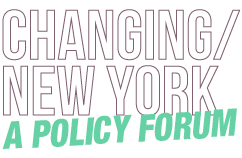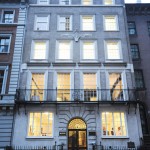PROGRAM
“Who would believe New York would elect a black mayor?” writes David N. Dinkins in his new memoir, reflecting on first considering running in 1988. Only twenty years before we elected an African American president, a black mayor of New York City was unthinkable. There had been transformative elections of African American mayors in other cities: Richard Hatcher in Gary, IN; Carl Stokes in Cleveland, OH; Harold Washington in Chicago, IL; Wilson Goode in Philadelphia, PA; Harvey Gantt in Charlotte, NC; and Kurt Schmoke in Baltimore, MD. New York was on the cusp of making history as well.
In “A Mayor’s Life: Governing New York’s Gorgeous Mosaic,” by David N. Dinkins with Peter Knobler, readers get the full portrait of a soft-spoken son of a barber and a domestic, who grew up in Harlem and Trenton and later became a Congressional Gold Medal-awarded Marine, a cum laude graduate of Howard University, and the 106th mayor of New York City.
David N. Dinkins defeated Ed Koch and Rudy Guiliani and took office in 1990, but celebrating the unprecedented victory was short-lived given the enormous challenges Dinkins had just inherited. National unemployment had risen by 18 percent. New York City was close to a billion dollars in debt and already ravaged by crack, the AIDS epidemic, record high homelessness, and worsening racial tension. Crime had been on an almost uninterrupted climb for fifteen years. As tends to happen, history has edited Dinkins’ reign to include only the highs and lows, often focusing on the longstanding prejudices that erupted while he was in office. What is too frequently forgotten or misunderstood are the ways that David Dinkins swiftly and strategically repaired the city (repairs that not only became permanent fixes, but have been expanded upon by subsequent administrations), and that the same demographic that elected him produced several state and national black leaders and energized the base that ultimately led to the historic election of Barack Obama.
“New York is not a melting pot,” Dinkins writes, “but a gorgeous mosaic….of race and religious faith, of national origin and sexual orientation – of individuals whose families arrived yesterday and generations ago, coming through Ellis Island, or Kennedy Airport, or on Greyhound buses bound for the Port Authority.”







